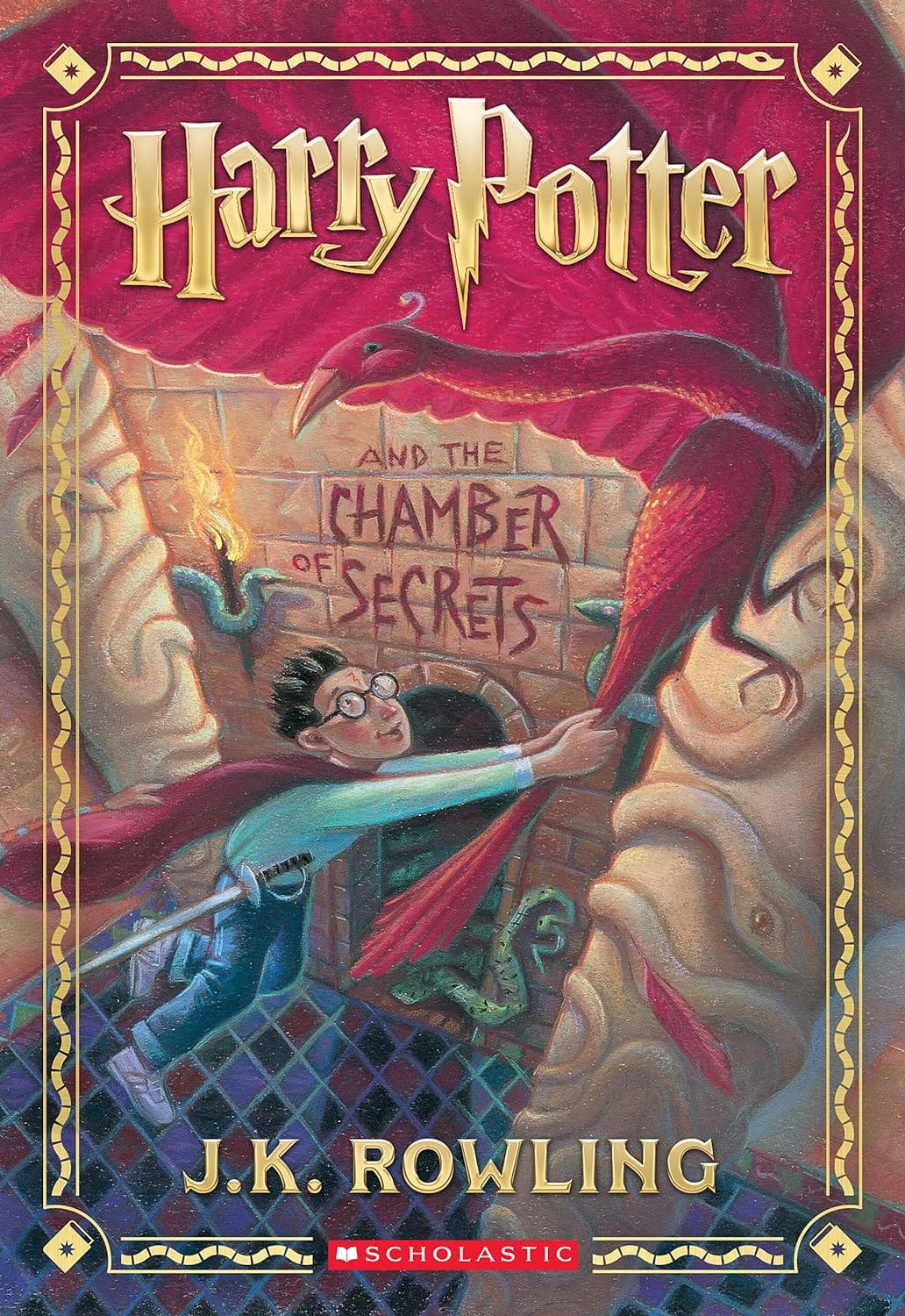Harry Potter and the Chamber of Secrets – An 800-Word Deep Dive
Explore the plot, themes, characters and enduring impact of Harry Potter and the Chamber of Secrets in this concise, spoiler-aware 800-word analysis.

Introduction
Published in 1998, "Harry Potter and the Chamber of Secrets" is the spellbinding second installment in J.K. Rowling’s bestselling fantasy saga. While the first book welcomed readers to Hogwarts School of Witchcraft and Wizardry, the sequel darkens the tone, expands the mythology, and raises the stakes for young Harry Potter. Combining mystery-novel pacing with classic coming-of-age questions, the book remains a fan favorite and a cornerstone of contemporary children’s literature.
Rowling once again fuses whimsical magic with real-world concerns such as prejudice, identity, and courage. The result is an adventure that is equally enjoyable for first-time readers and seasoned Potterheads revisiting the story with fresh eyes. Below, we explore the plot, themes, characters, and cultural impact of "Harry Potter and the Chamber of Secrets" to understand why it continues to captivate millions worldwide.
Plot Overview
The novel opens during Harry’s oppressive summer with the Dursleys. A house-elf named Dobby appears and warns him not to return to Hogwarts. Ignoring the cryptic message, Harry is rescued by Ron Weasley and taken to the Burrow before finally reaching school via a bewitched flying Ford Anglia. Soon, a sinister message is scrawled on a corridor wall: "The Chamber of Secrets has been opened. Enemies of the heir, beware." Students begin turning to stone, and fear spreads like a fog across the castle grounds.
Determined to uncover the culprit, Harry, Ron, and Hermione investigate Hogwarts’ legendary Chamber of Secrets, said to have been created by Salazar Slytherin to purge the school of Muggle-born students. The trio brew Polyjuice Potion, decode ominous clues, and ultimately descend beneath the castle where Harry confronts the memory of Tom Riddle, later known as Lord Voldemort. By slaying a Basilisk and destroying Riddle’s diary, Harry saves Ginny Weasley and restores safety to Hogwarts.
Themes and Symbols
Prejudice and Purity: Central to the narrative is the concept of "pure-blood" superiority. The mysterious attacks on Muggle-born students echo real-world bigotry, illustrating how fear and discrimination can infiltrate even magical communities. Rowling subtly encourages readers to question inherited biases and defend inclusivity.
The Power of Choice: Through Harry’s uneasy connection to Slytherin’s legacy—his ability to speak Parseltongue and the Sorting Hat’s earlier suggestion that he belonged in Slytherin—Rowling underscores that personal choices define identity more than ancestry. Dumbledore’s reminder that "it is our choices that show what we truly are" becomes a guiding mantra for readers grappling with self-definition.
Memory and History: Tom Riddle’s diary functions as both plot device and symbol. It preserves a fragment of the past that can influence the present, warning that unresolved history often resurfaces. The diary also raises questions about the reliability of recorded memories and the dangers of romanticizing a darker past.
Character Growth
Harry’s heroism matures as he navigates moral gray areas. Instead of the straightforward good-versus-evil dynamic of the first book, he must now grapple with internal doubt about his similarities to Voldemort. This introspection strengthens his resolve and foreshadows later confrontations in the series.
Supporting characters also bloom. Hermione’s unwavering curiosity drives the investigation, while Ron’s loyalty deepens during his harrowing journey into the Chamber. Ginny, though victimized, evolves into a more prominent figure whose arc of resilience continues in subsequent books.
Film Adaptation
Chris Columbus returned to direct the 2002 film adaptation, which preserves much of the source material’s humor, suspense, and emotional depth. Kenneth Branagh’s flamboyant portrayal of Gilderoy Lockhart and the practical effects used to create the Basilisk earned particular praise. Although minor subplots were trimmed for runtime, the movie remains a faithful visual companion that introduced the Chamber’s serpentine chambers and whispering walls to a global audience.
Legacy and Impact
More than two decades later, "Harry Potter and the Chamber of Secrets" continues to inspire fan theories, academic papers, and merchandise from LEGO sets to illustrated editions. The concept of a hidden chamber under a venerable institution resonates with readers who suspect that beneath polished surfaces lie forgotten secrets. The story’s confrontations with prejudice have sparked classroom discussions about tolerance, ensuring the book’s relevance well beyond the wizarding world.
Why Read Today?
In an era marked by social polarization, Rowling’s novel offers a timeless reminder of the courage required to challenge toxic ideologies. Its intricate puzzle of clues invites critical thinking, while its depiction of steadfast friendship provides comfort and optimism. Whether you are revisiting Hogwarts or turning the pages for the first time, "Harry Potter and the Chamber of Secrets" offers a thrilling blend of adventure and moral insight.
Conclusion
From its cryptic warnings and hidden passageways to its eloquent lessons about identity and choice, "Harry Potter and the Chamber of Secrets" remains a pivotal chapter in the seven-book saga. By weaving darker themes into an accessible narrative, J.K. Rowling created a story that challenges young readers while entertaining them. The Chamber may close at the end of the book, but the questions it raises continue to echo long after the final page.



